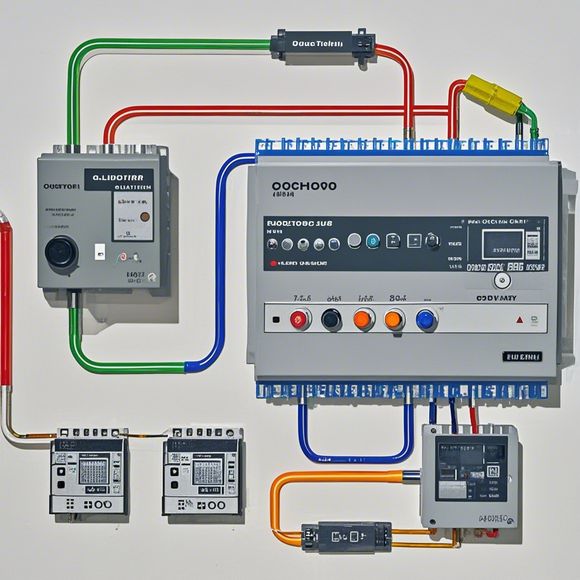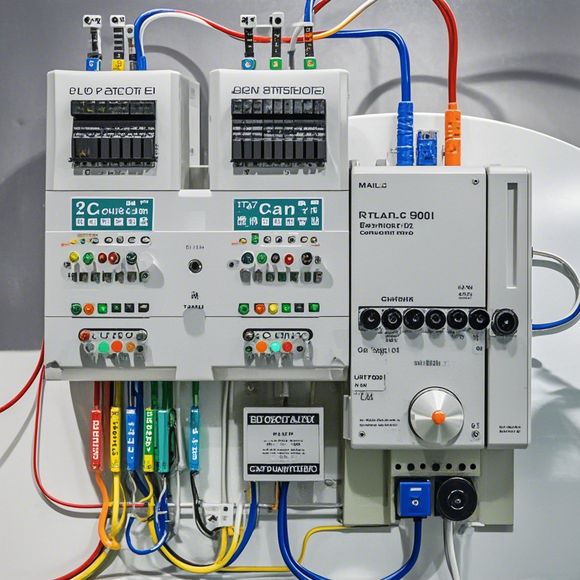What Is a PLC Controller?
A Programmable Logic Controller, also known as a PLC controller, is a digital computer system used to control and monitor industrial processes. It is designed to automate various tasks such as monitoring sensors, controlling valves, and regulating temperature and pressure. The PLC controller operates using programmable logic based on input signals from various sources like sensors, switches, or actuators and generates output signals for the same. It has the ability to learn and adapt to different operating conditions, making it highly efficient in automating complex industrial processes.
A PLC controller, commonly known as Programmable Logic Controller or Programmable Logic Controller, is an essential device in modern industrial automation. It's essentially the brain of an industrial system that controls various processes and operations based on pre-written programs.
To put it simply, a PLC controller can be thought of as a miniature computer that's specifically designed to manage the flow of data and signals within an industrial setting. Unlike traditional computers, which are used for general purposes like word processing or gaming, a PLC is built with specialized hardware and software specifically tailored for controlling machinery, robotics, and other industrial equipment.

The key components of a typical PLC include the CPU (Central Processing Unit), which executes the program instructions; memory (RAM) where data is temporarily stored until processed; input/output modules (I/O) which interface with external devices such as sensors and actuators; and communication modules for connecting to the internet or other devices for remote control or monitoring.
In terms of functionality, a PLC controller can handle everything from simple logic gates (like AND, OR, NOT) to complex algorithms that involve multiple variables and conditions. These functions are often programmed into the PLC using a variety of programming languages, including ladder diagramming, structured text, function blocks, and more.
The beauty of a PLC lies in its flexibility. Because it's so versatile, it can be customized according to the specific needs of each industrial application. From simple temperature control systems to sophisticated assembly line monitoring, a PLC can do almost anything that requires precise control and coordination of various mechanical and electronic components.
Of course, just like any piece of technology, there are both advantages and disadvantages to using a PLC controller. One advantage is the efficiency of production, since a well-programmed PLC can reduce downtime and improve overall productivity. Additionally, PLCs are often more reliable than other control systems because they're built to withstand harsh industrial environments and have built-in safety features to prevent accidents.

However, some may argue that a PLC controller can be expensive to purchase and maintain, especially if you're dealing with complex systems. And while they can be programmed to handle many different tasks, they may not be able to perform certain tasks as efficiently or effectively as other types of control systems, like analog or digital controllers.
Overall, whether you're looking for an efficient way to automate your production processes or simply need to manage a fleet of industrial equipment, a PLC controller can be a powerful tool. By carefully selecting the right type and configuration of PLC for your specific needs, you can create a system that works seamlessly with your existing infrastructure and ensures that your industrial operations run smoothly and safely.
Content expansion reading:
Articles related to the knowledge points of this article:
PLC Controller Selection Guide for Foreign Trade Operations
PLC Programming for Automation Control in the Manufacturing Industry
How to Use a PLC Controller for Your Business
Plumbers Rule! The Role of PLC Controllers in the World of Waterworks
Connecting a PLC Controller to Your Computer
PLC Controllers: A Comprehensive Guide to Understanding Their Prices